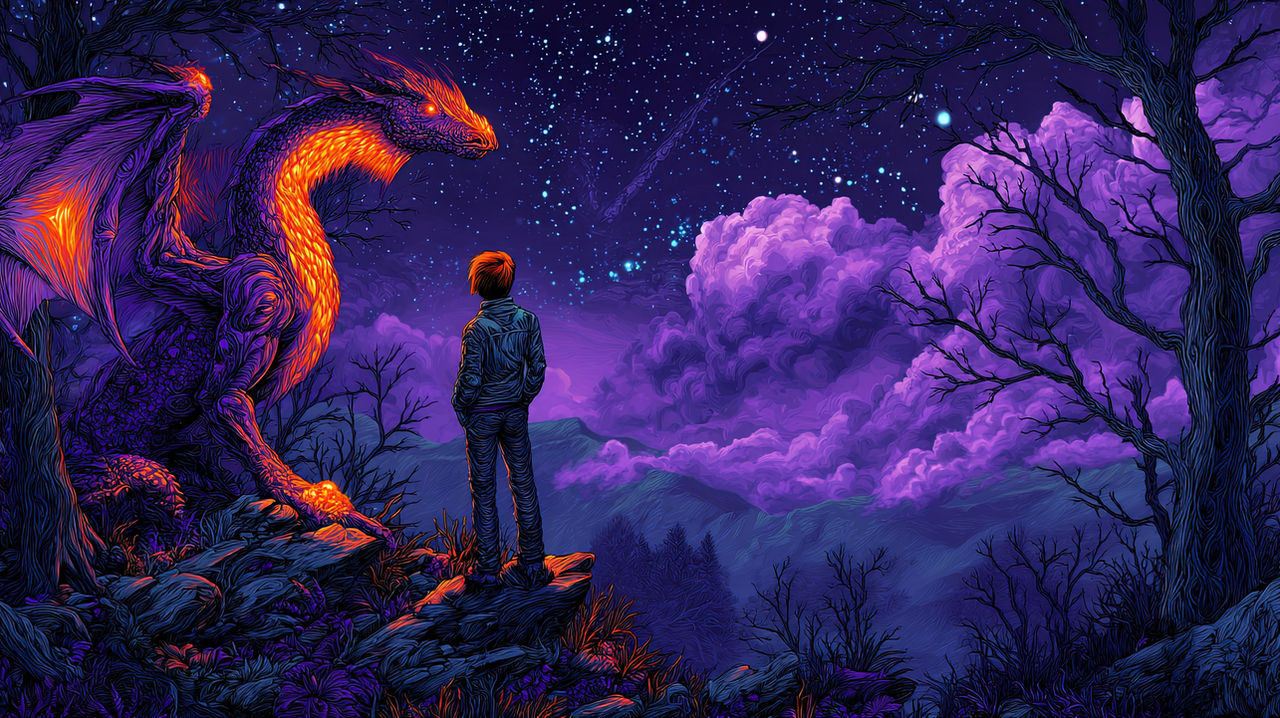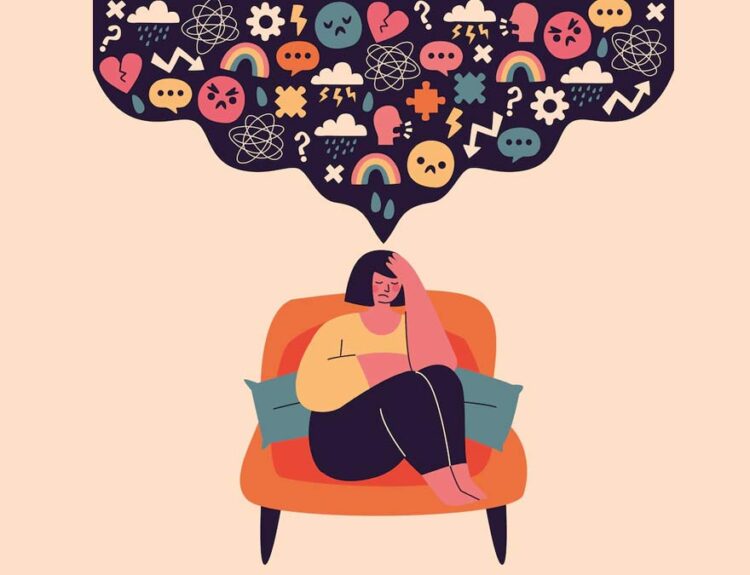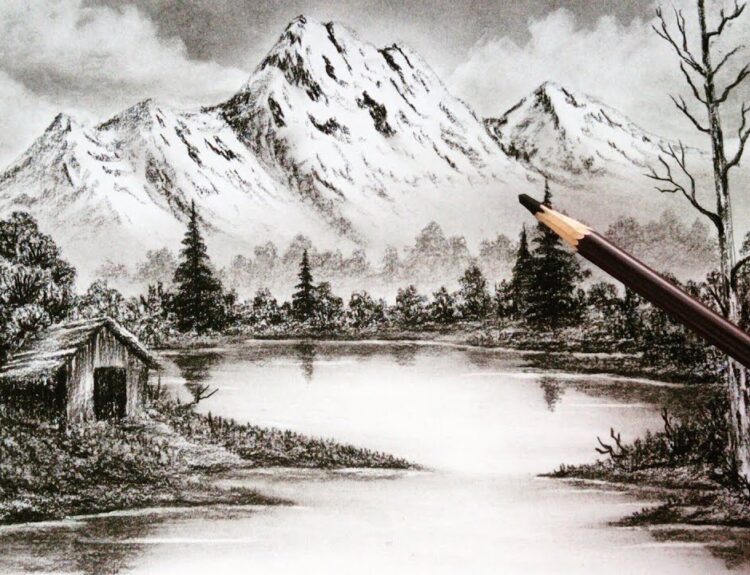Main Keyword: live art
In today’s dynamic creative world, photography is no longer just about capturing still moments—it’s a powerful form of expression, activism, storytelling, and even live art. Contemporary artists are pushing the boundaries of what photography can do, transforming it into a tool that goes far beyond documentation.
In this blog, we’ll explore how photography has evolved within contemporary art, how it intersects with live art, and why it’s one of the most influential mediums of our time.
What Is Contemporary Photography?
Contemporary photography refers to the work of artists using photography to express ideas and challenge norms in today’s society. It often moves away from traditional portrait or landscape photography and focuses more on:
- Conceptual themes
- Cultural and political critique
- Blending with other media like video, sculpture, or performance
Photography in this context is not always about beauty—it’s about meaning, message, and experimentation.
Photography as a Form of Art
Photography has earned its place in the art world over the past century, evolving from a mechanical process to a respected artistic discipline. Modern museums, galleries, and collectors now treat photography with the same reverence as painting or sculpture.
Why Photography Works So Well in Contemporary Art:
- Instant impact: A photograph can evoke emotions in seconds.
- Realism: Unlike a painting, a photo carries the weight of “truth,” even when it’s manipulated.
- Accessibility: With smartphones, almost anyone can engage with photography artistically.
- Versatility: Photographers can combine images with installation, digital art, or live art performances.
Photography Meets Live Art
Live art—which includes performance art, interactive installations, and time-based practices—often uses photography in powerful ways. Here’s how:
1. Documenting Ephemeral Moments
Performance and live art exist in a moment—they’re here, then gone. Photography allows those fleeting experiences to be captured and remembered.
- Iconic photos of Marina Abramović’s performances, for example, preserve the emotional intensity of the moment.
- Without photography, much of live art would disappear into memory alone.
2. Part of the Performance
In some works, the camera is part of the performance itself. Artists may:
- Engage with photographers live during the show
- Use live feeds to project images in real-time
- Invite audience members to take photos, making them co-creators
This turns photography into a collaborative element of live art.
3. Blurring Boundaries
Many contemporary artists combine video, live action, and still images in installations. In these cases, photography is not just supporting the art—it is the art.

Famous Artists Who Use Photography in Live or Conceptual Art
📸 Cindy Sherman
- Uses self-portrait photography to explore identity, gender, and role-play.
- Her staged photos blur the line between fiction and reality.
📸 Sophie Calle
- Combines photography with text and personal narrative.
- Her projects often include elements of surveillance, performance, and audience interaction.
📸 Tehching Hsieh
- Known for extreme year-long performances.
- Used photography to track daily life, turning routine into ritual.
📸 Ai Weiwei
- Incorporates photography in activist art, protests, and installations.
- His photos document human rights issues and often go viral, extending their impact.
How Technology Changed the Game
Today’s artists use digital tools, smartphones, drones, and even AI in their photography-based art. This has led to a surge in new forms:
- Augmented reality (AR) photos
- Interactive photography exhibitions
- Live-streamed art events with photographic integration
This fusion creates an immersive, live art experience where viewers become participants.
Photography in Street Art and Urban Expression
Street artists now frequently use photography to:
- Capture temporary murals before they’re painted over
- Document live painting events
- Create photo-based wheatpastes or collage works
- Share their art globally through social media
Banksy, for example, relies heavily on photography to spread his work worldwide before it’s removed or defaced.
The Emotional Power of Photographic Art
Unlike traditional forms, photography has an immediate, visceral connection to reality. It can:
- Trigger empathy
- Record injustice
- Spotlight beauty in the mundane
This makes it ideal for social commentary, one of contemporary art’s core themes.
Photography in Interactive and Immersive Installations
Contemporary exhibitions often use photography alongside light, sound, and spatial design to create immersive environments. Visitors are encouraged to:
- Walk through projected images
- Take photos as part of the experience
- Become subjects within the artwork
These spaces function both as art and live experiences, further blending photography with live art.
Photography in Social Media and Digital Art
Platforms like Instagram have made photography a public, participatory art form. Many contemporary artists now use social media:
- As their gallery space
- To collaborate with others in real time
- To stage live photography-based performances
For example:
- Live photo shoots streamed online
- Audience-curated photo collections via hashtags
- Interactive photo challenges as collective art projects
This shifts photography into the realm of digital live art—global, real-time, and co-created.
Photography’s Role in Identity and Representation
For underrepresented voices, photography is a way to reclaim narratives and tell personal stories.
Artists from marginalized communities use portraiture and documentary photography to:
- Highlight cultural heritage
- Challenge stereotypes
- Document social movements
These works often combine visual storytelling with performance and spoken word, turning them into hybrid, live art expressions.
The Future: AI and Photography in Contemporary Art
Artificial Intelligence is changing photography in exciting (and controversial) ways. Artists now experiment with:
- AI-generated images trained on real photographs
- “Deepfake” performances using stills and video
- Interactive gallery experiences where AI responds to live visitors
This technology brings photography, live art, and generative creativity together in unprecedented ways.
Final Thoughts
Photography today is far more than a method of recording—it’s a creative force that shapes how we see and feel the world. In the hands of contemporary artists, it becomes emotional, political, immersive, and performative.
As it continues to evolve alongside technology and social change, photography stands at the heart of live art—bringing ideas to life, capturing moments, and making the invisible visible.
Ready to explore more?
Check out our Arts category for deep dives into visual culture, performance, and modern art movements shaping today’s world.










